CRISPR’d crops could help us address both hunger and obesity.


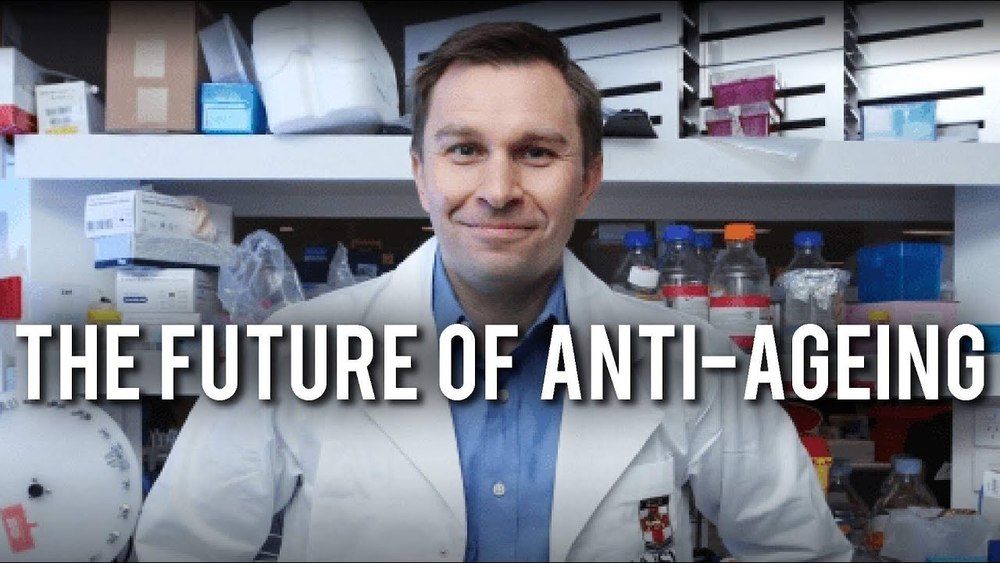
David Sinclair is a Professor in the Department of Genetics at Harvard Medical School and co-Director of the Paul Glenn Centre for the Biological Mechanisms of Ageing.
Today we hear from a scientist at the cutting edge of longevity research as Professor Sinclair gives us a fascinating insight into the world of anti-ageing.
Expect to learn how and why we age, why stabilising the epigenetic landscape may enable a human to live for 1000 years, exactly what tactics Professor Sinclair is using himself to try and extend his life and how fasting, Sirtuins and NAD can be used to promote health and reduce diseases.
Extra Stuff:
David’s New Book — http://lifespanbook.com/
Follow David on Twitter — https://twitter.com/davidasinclair
Inside Tracker — https:// www.insidetracker.com
Recommended Books — https://www.amazon.co.uk/shop/chriswillx
Listen to all episodes online. Search “Modern Wisdom” on any Podcast App or click here:
iTunes: https://apple.co/2MNqIgw
Spotify: https://spoti.fi/2LSimPn
Stitcher: https://www.stitcher.com/podcast/modern-wisdom
I want to hear from you!! Get in touch in the comments below or head to…
Twitter: https://www.twitter.com/chriswillx
Instagram: https://www.instagram.com/chriswillx
Email: [email protected]
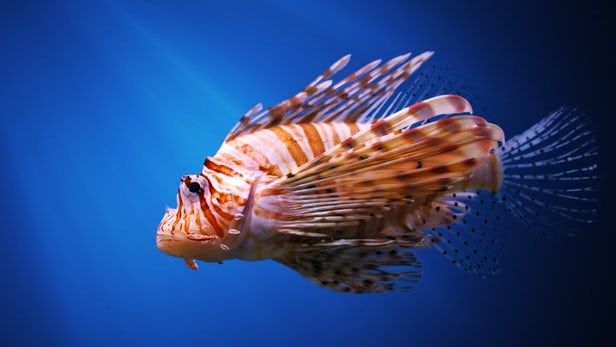
The lionfish is an invasive species that is currently wreaking havoc in the warm waters of the Bahamas, the Caribbean, and the US southwestern Atlantic and Gulf of Mexico coasts. But where did they come from and what makes this normally docile hunter suddenly turn vicious in its new home? To answer these questions, North Carolina State University initiated a study of lionfish genetics to learn more about their origins and how to control them.
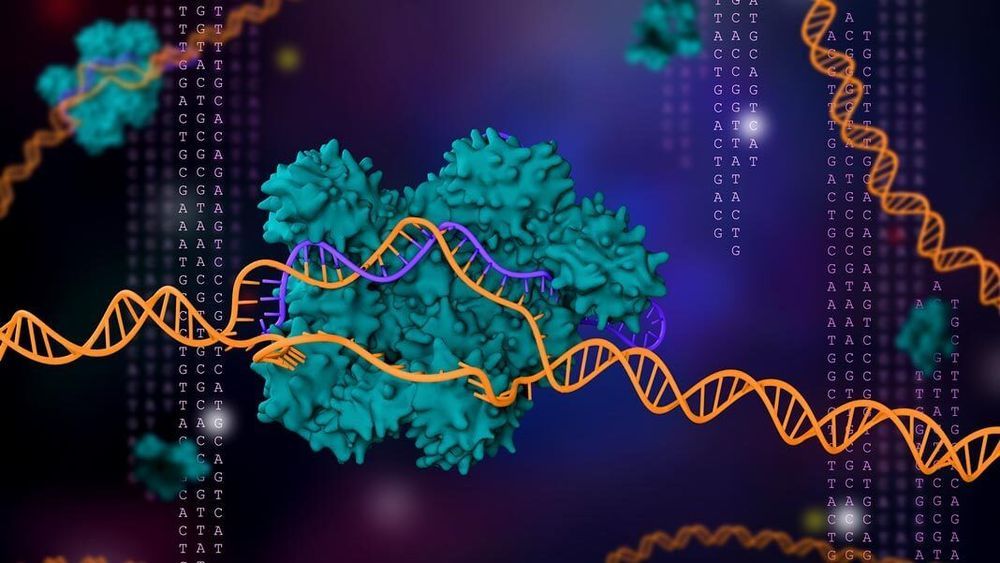
Without ensuring high levels of accuracy, any proposed CRISPR gene therapy becomes a genetic crapshoot.
Now, a team from Duke University may have found a universal workaround—a trick to fundamentally boost CRISPR’s accuracy in almost all its forms. Published this month in Nature Biotechnology, the team’s study tweaked the design of guide RNAs, the indispensable targeting “blood hound” of the CRISPR duo that hunts down specific DNA sequences before its partner Cas makes the cut.
The upgrade is deceptively simple: tag a “locking” structure to one end of the guide RNA so that only the targeted DNA can unleash the power of the Cas scissors. Yet exactly because the tweak is so easy, guide RNA 2.0 can fundamentally tune the accuracy of multiple CRISPR systems—not just those relying on the classic Cas9, but also newer diagnostic systems that deploy Cas12a and other flavors—by as much as 200-fold.

A recent study has suggested that A.Ceratii, a parasite that feeds on small life forms, including the ones that form algal blooms, contains mitochondria that have no mitochondrial DNA, and at least some of this DNA is found in the parasite’s own genetic code. However, a few genes found in humans are missing and replaced with alternatives [1].
What are mitochondria?
Mitochondria, commonly referred to as the “powerhouses of the cell”, are essentially tiny chemical factories in our cells that turn fats and sugars into adenosine triphosphate (ATP), a form of chemical energy. One reason we need to breathe oxygen to live is to keep our mitochondria running.
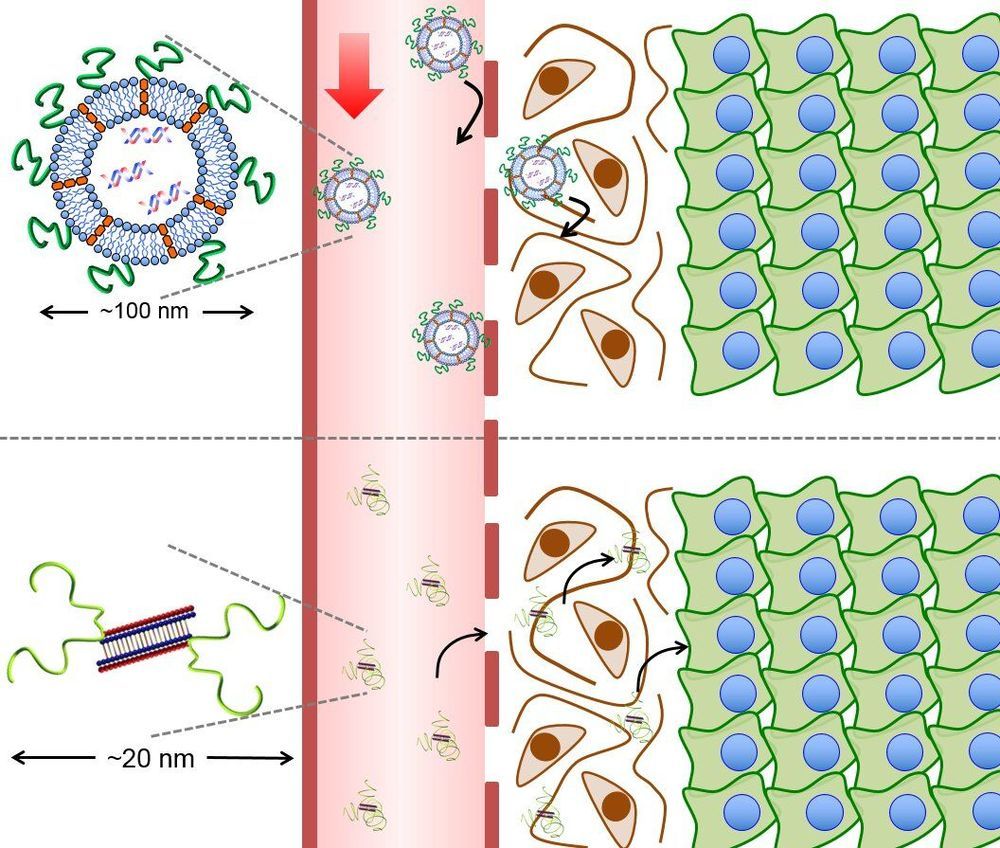
In a recent study in mice, researchers found a way to deliver specific drugs to parts of the body that are exceptionally difficult to access. Their Y-shaped block catiomer (YBC) binds with certain therapeutic materials forming a package 18 nanometers wide. The package is less than one-fifth the size of those produced in previous studies, so it can pass through much smaller gaps. This allows YBCs to slip through tight barriers in cancers of the brain or pancreas.
The fight against cancer is fought on many fronts. One promising field is gene therapy, which targets genetic causes of diseases to reduce their effect. The idea is to inject a nucleic acid-based drug into the bloodstream—typically small interfering RNA (siRNA)—which binds to a specific problem-causing gene and deactivates it. However, siRNA is very fragile and needs to be protected within a nanoparticle or it breaks down before reaching its target.
“siRNA can switch off specific gene expressions that may cause harm. They are the next generation of biopharmaceuticals that could treat various intractable diseases, including cancer,” explained Associate Professor Kanjiro Miyata of the University of Tokyo, who jointly supervised the study. “However, siRNA is easily eliminated from the body by enzymatic degradation or excretion. Clearly a new delivery method was called for.”
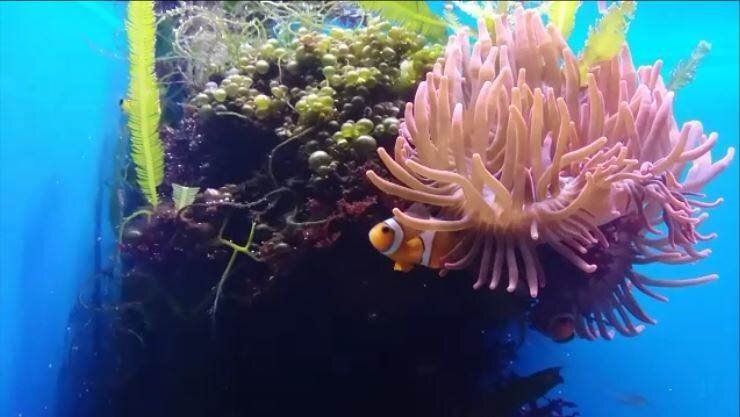
The colorful Clownfish lives longer than 20 years in the aquarium. Researchers of the Scuola Normale Superiore in Pisa, Italy, in collaboration with the Leibniz Institute on Aging (FLI) in Jena, Germany, have investigated the genetics behind the longevity of clownfish. By sequencing the genome and comparing the sequences with other species, they were able to show, that the secret of this longevity lies in the mitochondria and lysosomes of the clownfish. Because it is uncomplicated to keep and breed clownfish, they represent an interesting new animal model for research on longevity. The results are now published in the journal BMC Evolutionary Biology.
Clownfish, famous because of the Disney movie “Finding Nemo,” are a bright orange-white-black colored fish with three vertical stripes, which occur in the western Pacific and Indian Oceans. Clownfish live in symbiotic relationship with sea anemone. They are reliant on sea anemone for shelter in their natural habitat, which offer protection for the fish with its tentacles. The Clownfish’s mucus protection prevents it from being stung by the tentacles of the sea anemone. Thanks to this survival strategy, clownfish have a lower mortality rate than other fishes and can grow quite old. Until now there was not much known about the lifespan of this interesting sea dweller.

Any night owls reading this will be familiar with the struggle of constantly trying to fit into a morning person’s world. And researchers might have finally identified the genetic typo that causes this social jetlag.
A 2017 study revealed that many people who stay up late and struggle to wake up in the morning aren’t lazy, their internal clock is simply genetically programmed to run between 2 and 2.5 hours slower than the rest of the population, thanks to a mutation in a body clock gene called CRY1.
“Carriers of the mutation have longer days than the planet gives them, so they are essentially playing catch-up for their entire lives,” said lead researcher Alina Patke from The Rockefeller University in New York.
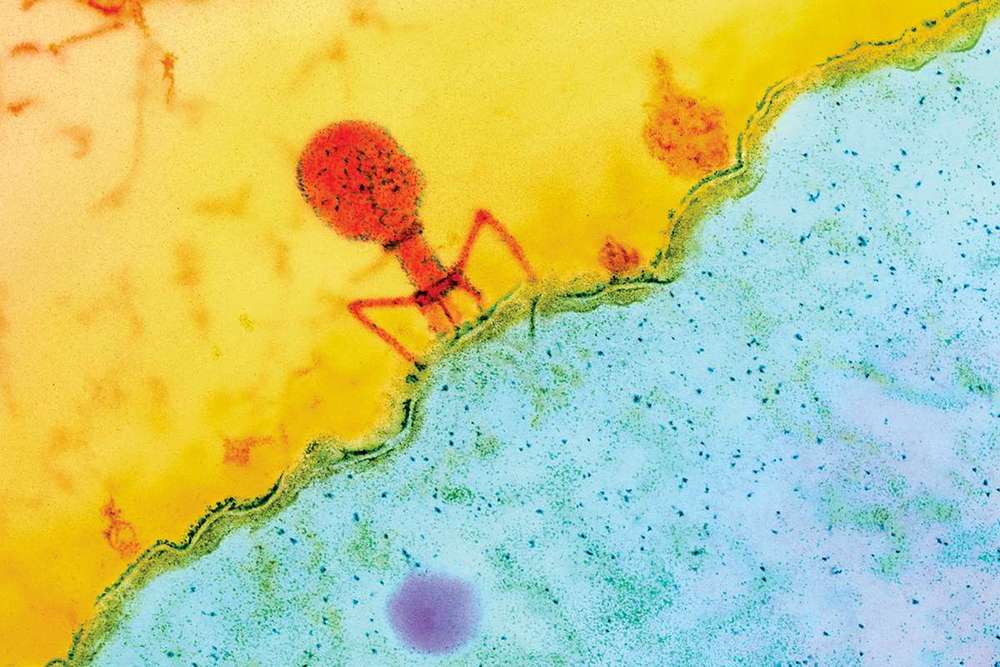
By Michael Le Page
People with incurable melanomas and brain or breast cancers are to get injections of tumour-fighting viruses.
The trial will test the safety of a virus that has been engineered to shrink tumours – an approach that holds promise for a range of cancers, including deadly brain tumours.